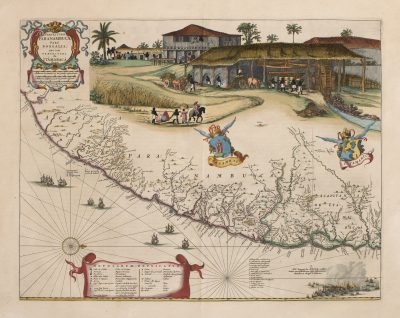Krannert Art Museum, University of Illinois Urbana-Champaign
October 20—21, 2022
Submission deadline: May 31, 2022
In the early modern period, nations, nobles, corporations, religious groups, and others found dynamic and innovative ways to use the visual arts for a wide range of political purposes. Nations dispatched elaborate diplomatic gifts to initiate and consolidate alliances. Aristocratic powers and individual collectors alike amassed collections to convey and enhance their political and economic power. Courts and cities produced ephemeral decorations to assert and display ideal political relations between nobility and their subjects, and between regional and outside authorities. Broadsheets addressing factional conflicts within and among institutions proliferated with the expansion of affordable print media.
This symposium will investigate visual media that communicated political ideas, arguments, positions, and forms of resistance in the early modern period. Papers addressing any geographic location or medium are welcome; approaches that center on understudied media, artwork that crossed national boarders, or involved cultural exchange are especially of interest.
The event coincides with “Fake News & Lying Pictures: Political Prints in the Dutch Republic” (Aug. 25—Dec. 17, 2022), an international-loan exhibition of 100 prints and illustrated books that explores the myriad and complex visual strategies printmakers in the United Provinces used to lionize and demonize domestic and international leaders, memorialize historical events, and form consensus for collective action.
The symposium will be hybrid, blending in person presentations with online presentations via zoom to make the event more equitable and permit international participation.
Keynote Speakers:
Dawn Odell, Lewis & Clark
Odell studies artistic exchange between China and northern Europe in the 17th and 18th centuries. She is currently writing a book on Andreas Everardus van Braam Houckgeest: an eighteenth-century Dutch immigrant to the newly formed United States whose travelogues and Chinese porcelain collection were leveraged for social and political power.
Liza Oliver, Wellesley
Oliver ‘s research focuses on 18th- and 19th-century India, Europe, and the West Indies. Her current projects include the book Empire of Hunger: Representing Famine, Land and Labor in Colonial India and work about British prints about abolition and the Haitian Revolution.
Please send an abstract of 300 words or less, a 2-page C.V., and indicate if you prefer your presentation be in person or remote. Email to Maureen Warren, Curator of European and American art, Krannert Art Museum, maureen@illinois.edu by May 31, 2022.
